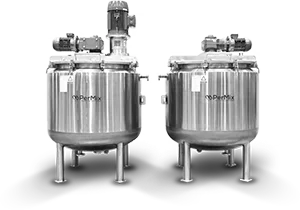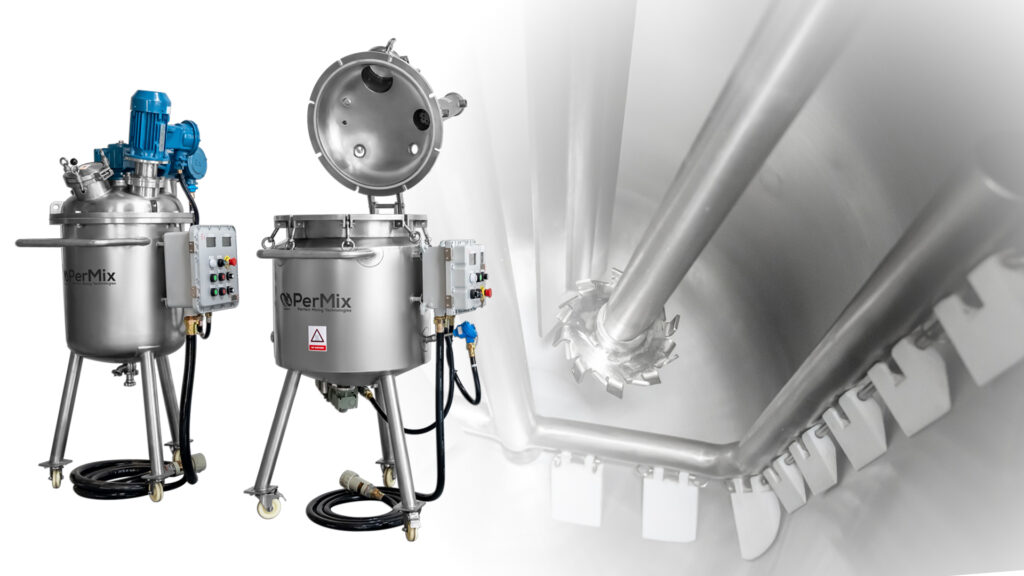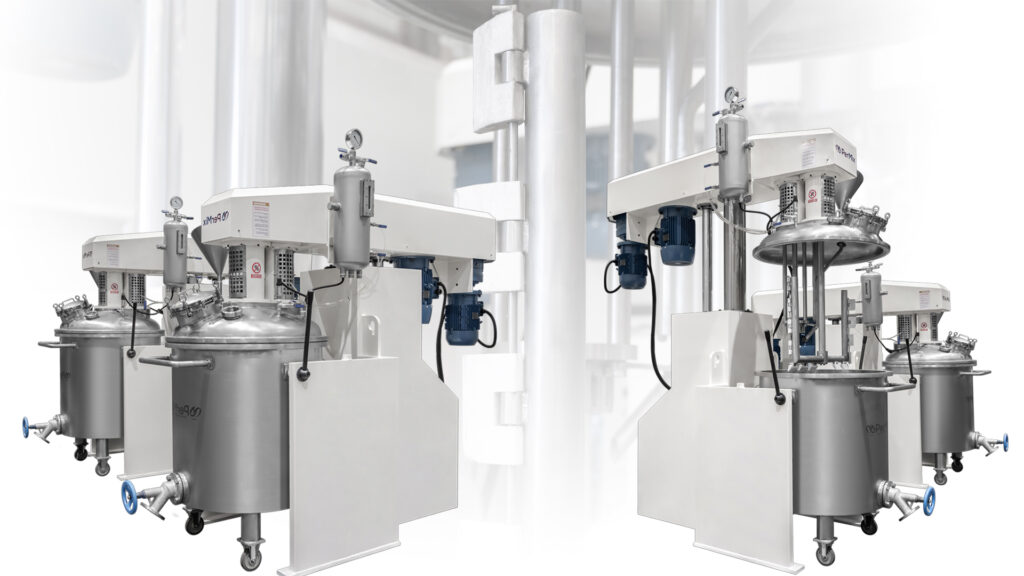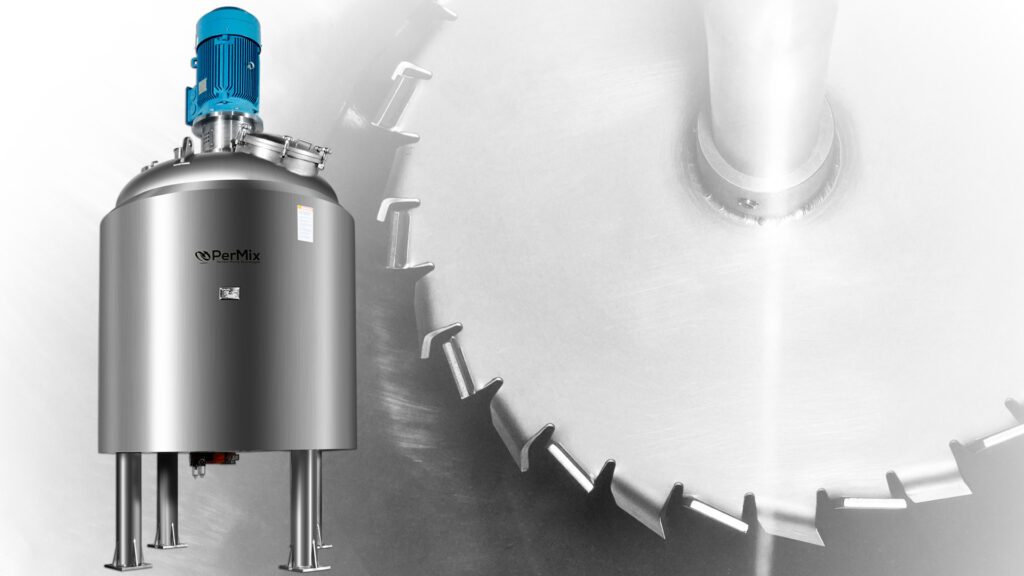Industrial Mixers
PerMix News & Updates



Temperature Control is a crucial factor to consider during the process of dispersion. Whether it is in the manufacturing of pharmaceuticals, the production of paints and coatings, or the creation of food and beverages, maintaining the right temperature is essential for optimal results. In this article, we will explore the reasons why temperature control plays a pivotal role in the dispersion process and its impact on the final product quality.
One of the primary reasons for implementing temperature control during dispersion is to enhance product stability. Temperature fluctuations can greatly affect the consistency and homogeneity of the dispersion. By maintaining a constant and controlled temperature, manufacturers can ensure that the particles are uniformly dispersed, leading to a more stable and reliable end product.
Reaction rates are highly influenced by temperature variations. During the dispersion process, various chemical reactions take place, such as polymerization, emulsification, or crystallization. These reactions are typically temperature-dependent, meaning that even slight changes in temperature can significantly impact the reaction kinetics. By closely monitoring and controlling the temperature, manufacturers can regulate the reaction rates, achieving the desired product properties and characteristics.
Agglomeration refers to the process where particles clump together, leading to uneven dispersion and a decrease in product quality. Temperature control plays a vital role in preventing agglomeration during dispersion. By maintaining an optimal temperature, the dispersion medium can effectively break down agglomerates, ensuring a uniform and consistent dispersion of particles. This, in turn, enhances the overall quality and performance of the end product.
Energy efficiency is a key consideration in any manufacturing process. By implementing temperature control strategies during dispersion, manufacturers can optimize energy usage. With precise temperature control, it becomes possible to minimize energy wastage and reduce production costs. Additionally, by maintaining a consistent temperature, manufacturers can achieve faster and more efficient dispersion processes, leading to increased productivity and decreased production time.
Consistency is a vital aspect when it comes to the dispersion process. Temperature control plays a crucial role in ensuring product consistency. By maintaining a steady temperature throughout the dispersion, manufacturers can achieve consistent particle size distribution, color, viscosity, and other critical product parameters. This consistency is essential for meeting product specifications, regulatory requirements, and customer expectations.
Temperature control is a fundamental aspect of the dispersion process. It influences product stability, reaction rates, prevents agglomeration, optimizes energy efficiency, and ensures product consistency. Manufacturers across various industries must prioritize temperature control to achieve high-quality and reliable end products. By implementing robust temperature control strategies, manufacturers can enhance their dispersion processes and deliver superior products to the market.


